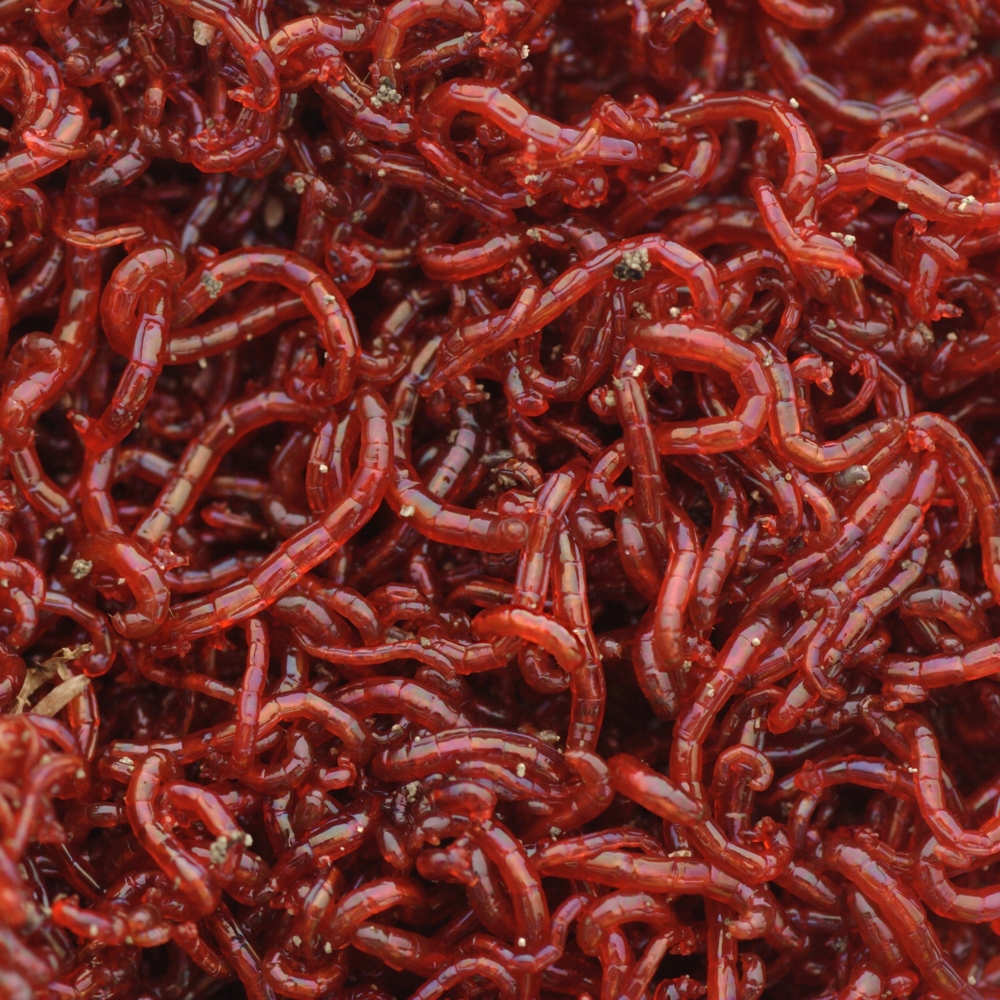Healthy red wigglers: For eco-living
Healthy red wigglers: For eco-living
Blog Article
Transform Your Garden With Red Wigglers: Idea
By establishing a fundamental worm bin and recognizing the dietary needs of these amazing animals, gardeners can dramatically boost dirt high quality and plant wellness. The procedure of converting organic waste right into rich, fertile castings is both simple and rewarding.

Advantages of Red Wigglers
Red wigglers, medically recognized as Eisenia fetida, are often hailed as nature's composting champs. These exceptional worms serve several essential benefits that can dramatically boost garden health and wellness and productivity.

Another noteworthy advantage of red wigglers is their capability to minimize waste. By composting organic products that would certainly otherwise add to garbage dump waste, they play a vital duty in lasting horticulture practices. Last but not least, including these worms into your gardening regimen can lead to boosted returns, healthier plants, and a much more vibrant yard atmosphere, making them important allies for garden enthusiasts seeking to enhance their environmental impact.
Establishing a Worm Container
Creating a worm container is a vital action for anybody seeking to harness the benefits of red wigglers in their horticulture initiatives. An appropriate worm bin can be made from different products, consisting of plastic containers, wooden pet crates, or commercially readily available worm bins. The very first consideration is dimension; a container that goes to least 2 feet broad, 3 feet long, and 1 foot deep is typically suitable for a small to tool variety of worms.
It's important to produce a bed linens layer, making use of products such as shredded newspaper, cardboard, or coconut coir to give a comfortable setting for the worms. The bed linens must be wet yet not soggy, looking like a damp sponge - red worms.
Location the container in an area that keeps a constant temperature, preferably in between 55 ° F and 77 ° F. Avoid direct sunshine or severe cool, as these problems can damage the worms. As soon as the container is established, enable the bed linens to opt for a few days before introducing the article red wigglers, guaranteeing they have a thriving atmosphere in which to grow.
Feeding Your Red Wigglers
When the worm bin is developed and the red wigglers are presented, correct feeding becomes crucial to maintaining a healthy and balanced worm population. Red wigglers thrive on a diverse diet, mostly consisting of cooking area scraps and natural materials.
When presenting food, chop the scraps right into smaller items to facilitate quicker intake. In addition, bury the food beneath a layer of bed linens product to stop fruit flies and various other annoyances. Screen the feeding regularity; a basic policy is to offer food every 1-2 weeks, relying on the variety of worms and the amount of food waste generated.

Gathering Worm Castings
How can you tell when it's time to collect worm spreadings from your bin? The preparedness of worm castings is shown by a few key indicators.
An additional indicator is the reduction in worm task; as the castings accumulate, worms have a tendency to move towards fresher food sources. If you observe a decline in worm activity and the visibility of spreadings at the end of the bin, it's a clear signal that harvesting schedules.
To harvest, delicately scoop out the castings, taking treatment to minimize disruption to the worms. A preferred technique entails separating the spreadings utilizing light; worms have a tendency to burrow away from the light, allowing you to accumulate the spreadings much more easily.
Collecting frequently, about every three to six months, makes certain a consistent supply of this nutrient-rich change for your gardening ventures. Bear in mind, the quality of your castings straight impacts the health of your plants.
Utilizing Spreadings in Your Garden
(red wigglers for sale)Utilizing worm castings in your garden can significantly improve soil wellness and plant development - red worms. These nutrient-rich natural fertilizers provide vital macro and micronutrients, boosting the general fertility of your dirt. By including worm castings right into your garden beds, you can promote useful microbial activity, which aids in nutrition availability and improves soil structure
To utilize worm spreadings successfully, mix them into the leading few inches of dirt prior to planting. This makes certain that nutrients are readily easily accessible to your plants. Conversely, you can produce a nutrient-dense liquid fertilizer by soaking worm spreadings in water for a week, after that using the resulting "worm tea" directly to your plants. This method not only supplies instant nutrients but additionally urges healthy and balanced origin growth.
Worm castings also improve dampness retention within the dirt, lowering the need for regular watering. Consistently integrating worm castings right into your gardening regimen can lead to durable plant development, raised returns, and a total healthier garden ecological community.
Verdict
By establishing a worm bin, offering ideal food, and routinely collecting nutrient-rich spreadings, garden enthusiasts can cultivate a sustainable ecological community. The use of worm spreadings and "worm tea" even more contributes to moisture retention and nutrient schedule in the soil.
Report this page